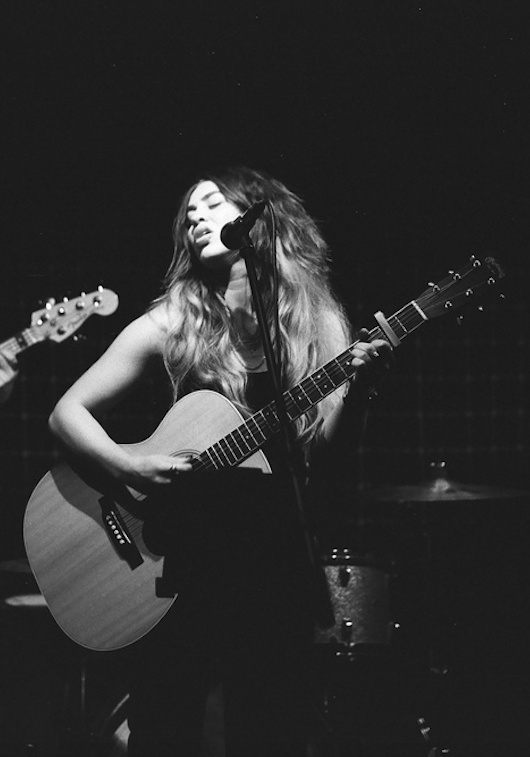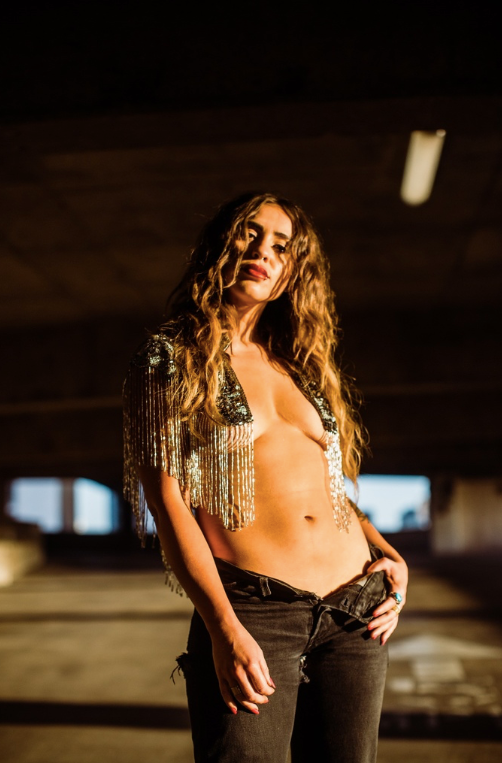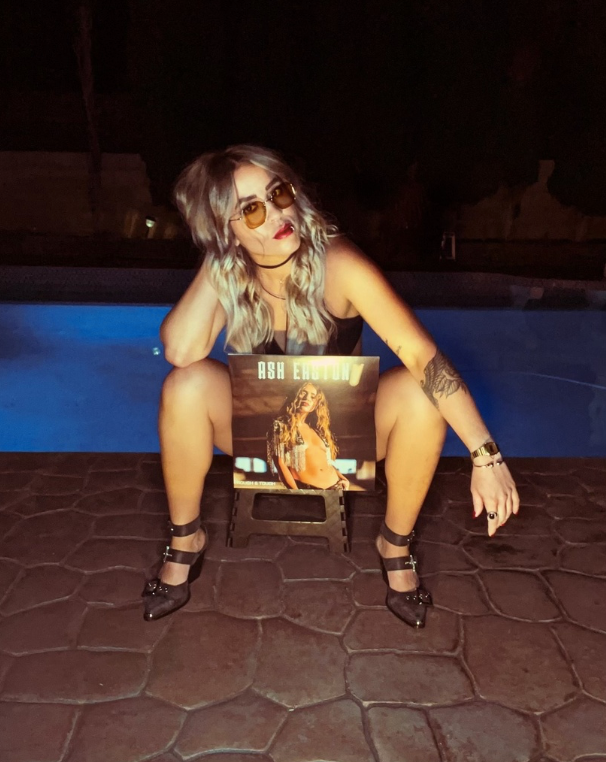Singer-songwriter Ash Easton is a little bit country, a little bit rock ’n’ roll, and is ready to light the music scene on fire. Heavily inspired by southern rock, her songs and stage presence draw just as much on the swagger of powerful vocalists such as Janis Joplin, Chrissie Hynde, Joan Jett and Ann Wilson. Easton delves into her new record, reveals what it takes to make it as a woman in rock, and why she'll only use an Audix OM6 handheld vocal mic for live performances.
When did you first start singing?
As soon as I could talk, essentially. I had an older sister who was a professional gymnast and her work meant we had to do these drives to Los Angeles six days a week. I’d be in the back with my headphones and my giant boombox, singing at the top of my lungs and driving the rest of my family crazy! Also, I always put on little concerts for my family: if anyone would listen, I would sing.
Shortly after that I started taking voice lessons from a worship leader who taught voice on the side. I grew to love it so much, which my parents saw. At age 11, I started taking lessons from a professional voice coach. I stayed with her for 11 years. When I was in junior high and high school, we travelled internationally to do all sorts of things.
During that time, I was singing 20 hours a week, maybe more. My dad would always encourage me to pick up a guitar, and I did three years of piano lessons. But I only started gravitating to guitar when I was 21 and I wanted to write all these songs, and I needed to play to build the songs.
So, I started learning how to play and arrange in the key of G and started writing like crazy. I haven’t put the guitar down since! Then when I rebuilt my band during the pandemic, my guitar player and producer, Steven Crowle, arranged the songs to what they are now on the record.



